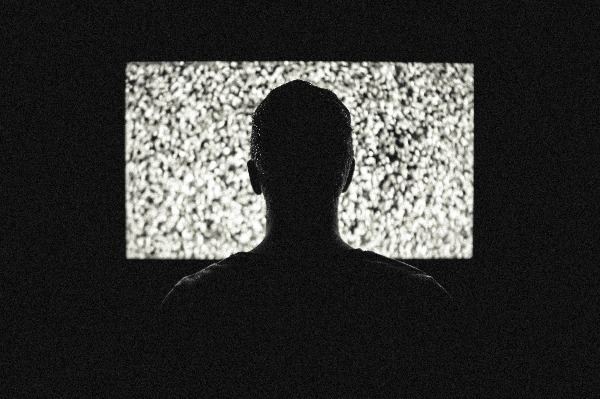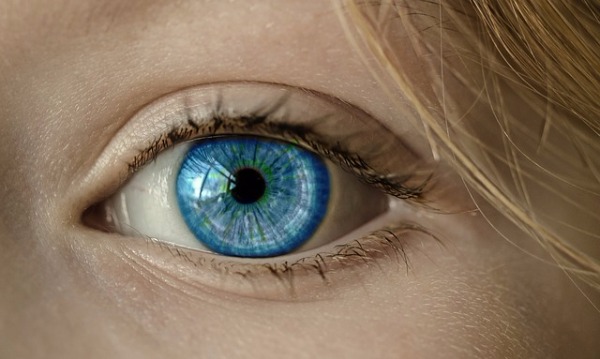How On-Demand Culture Affects Learning
 I wrote recently on another site about "cord-cutting" and about the rise of the group I call "The Disconnected" My Millennial son has cut the cord to his cable provider. He did it not only to save money, but because he simply doesn't have time to watch everything that is out there. Like many people, he mostly watches things on demand, either via a DVR or sites that allow on-demand viewing. He hasn't cut all his viewing bills to $0. He purchased Sling services which currently starts at $20 a month and offers streaming options. He still has his Netflix streaming account and can get movies and shows using his Amazon Prime
I wrote recently on another site about "cord-cutting" and about the rise of the group I call "The Disconnected" My Millennial son has cut the cord to his cable provider. He did it not only to save money, but because he simply doesn't have time to watch everything that is out there. Like many people, he mostly watches things on demand, either via a DVR or sites that allow on-demand viewing. He hasn't cut all his viewing bills to $0. He purchased Sling services which currently starts at $20 a month and offers streaming options. He still has his Netflix streaming account and can get movies and shows using his Amazon Prime

It is not just about people watching films at home, but how the movie industry is changing because of digital technologies. Most people don't think about that film distributors now send films to theaters electronically. But consumers not only purchase or rent movies instantly online, but they are streaming them to high-definition televisions, their laptops and often to small mobile devices. When TV made its entrance bigtime in the 1950s, the movies reacted by going big with wide screens and color that TV couldn't compete with in quality. TV has caught up in many ways with that quality issue. (You can download parts of that book at https://muse.jhu.edu/book/24204)
Amazon is offering me an Amazon Channels Free Trial

With all these deals, why wouldn't everyone cut the cord? One reason people hang on is because many of these other services don't offer your local channels and some "basic" cable channels like CNN or sports channels.
 |
| modern HDTV antenna |

The current generation of antennas allow you to pull in HDTV network programming for free - just like in the old days - with no monthly fee or subscription. It sounds ideal, but you are not going to get all that cable content, though you should get your local CBS, NBC and ABC affiliates and some other channels.
Adjusting your TV antenna 60 years ago had become a kind of art. You learned which way to turn it for channel 2 as opposed to how to get channel 7. People hooked up additional wires, tin foil and other things to them to increase the pickup. The new 360º multi-directional designs eliminate constant adjustments and they support up to 1080i HDTV broadcasts. But they have limits.
Many products say they can pull channels from towers that are within 40 miles of your TV. I live well within that range of New York City, so I probably could get all the local channels. Most of these products also have disclaimers that reception quality and channels received will depend on not only your distance from towers, but broadcast power, terrain and other factors like buildings and power lines.
 |
| modern, old-style, outdoor antenna |

All of this media movement is part of the "on-demand" movement that started with VCRs that allowed us to "time shift" our viewing habits and terrified the TV industry. We still have some live event TV that is rarely watched at a later date. The upcoming Oscars and certainly the Super Bowl are perfect examples of "event TV" that is viewed live and that advertisers and channels love because they can easily measure the audience share.
I still like to go to a movie theater, but I go far less than I did in the past. Going to a theater has also become a kind of event. I go to films that I don't want to wait to see in a few weeks or month when they make it to my TV.
An “on-demand culture,” is shifting not only our viewing habits but many of our other expectations. When do people want to shop, or fill in an application? Any time at all is the answer. On demand. Even education, which has been my life's work, has gone on-demand with online content and online courses that allow student to time shift their education and pick and choose what content they want to view and when they want to view it. Most college professors have had to become proficient at creating digital content even if they still teach face-to-face in a classroom. Am I ready to cut the cord? I'm watching the examples of my friend and my son. Maybe this dinosaur sees an asteroid headed his way.


 We heard a lot about the "fake news" that we (Americans) were consuming in 2016. The election of President Trump brought the topic to the top of the news feeds.
We heard a lot about the "fake news" that we (Americans) were consuming in 2016. The election of President Trump brought the topic to the top of the news feeds. 